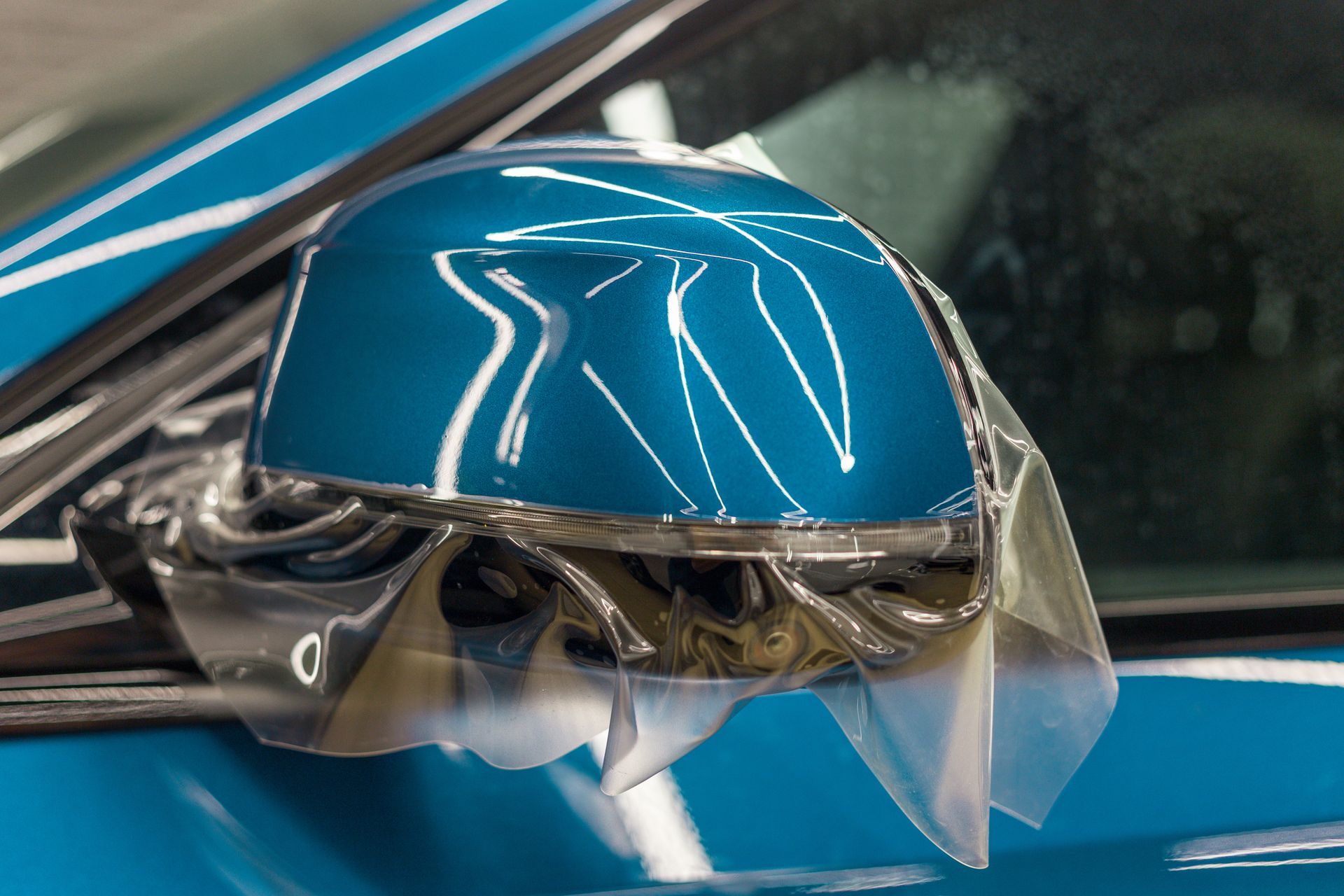How to Properly Clean Your Window Tint
Clean Your Tint the Right Way

The Ultimate Guide: Proper Techniques for Cleaning Your Window Tint
Window tinting offers numerous benefits, including enhanced privacy, reduced heat and glare, and protection from harmful UV rays. To maintain the longevity and effectiveness of your window tint, regular cleaning is essential. However, cleaning window tint requires some extra care to prevent damage or discoloration. In this blog, we will guide you through the proper techniques and precautions for cleaning your window tint effectively.
1. Gather the Right Tools
Before you begin cleaning your window tint, gather the necessary tools. You will need:
- Soft microfiber cloths
- Gentle glass cleaner (ammonia-free)
- Bucket of warm water
- Non-abrasive sponge
Avoid using abrasive materials like brushes or harsh chemicals, as they can scratch or damage the tinted surface.
2. Choose the Right Time and Location
Select a shaded area to clean your window tint. Direct sunlight can cause cleaning products to dry quickly, leaving streaks on the surface. Cleaning your tinted windows on a cooler day or in the early morning or late afternoon is ideal. Avoid cleaning your windows when it's windy, as airborne debris can scratch the tinted surface.
3. Pre-Cleaning: Remove Loose Debris
Before applying any cleaning solution, remove loose debris such as dust, dirt, or bugs from the window surface. Gently wipe the window with a dry microfiber cloth or use a soft-bristle brush to loosen any stubborn debris. Be careful not to exert excessive pressure that could scratch or damage the tint.
4. Dilute a Gentle Glass Cleaner
Prepare a cleaning solution by diluting a mild, ammonia-free glass cleaner in a bucket of warm water. Avoid using strong household cleaners or products containing ammonia, vinegar, or citrus, as they can degrade the tint over time. Follow the manufacturer's instructions regarding the proper dilution ratio.
5. Test in an Inconspicuous Area
Before applying the glass cleaner to the entire tinted window, test it in a small, inconspicuous area to ensure compatibility with your window tint. Apply a small amount of the diluted solution and gently wipe the area with a microfiber cloth. Check for any adverse reactions, such as discoloration or bubbling. If there are no issues, proceed with cleaning the rest of the window.
6. Clean with Care
Dip the non-abrasive sponge or a clean microfiber cloth into the diluted cleaning solution, and gently clean the tinted surface in circular motions. Avoid using excessive force or scrubbing vigorously, as this can cause damage. Pay extra attention to the edges and corners where dirt tends to accumulate. Rinse the sponge or cloth frequently in the bucket of clean water to prevent dirt buildup.
7. Wipe and Dry
After cleaning the window tint, use a clean, dry microfiber cloth to wipe away any excess moisture or cleaning solution. Start from the top and work your way down, ensuring that you leave no streaks or water spots behind. Inspect the window carefully to ensure that it is completely dry before moving on to the next step.
8. Maintenance Tips
To keep your window tint looking its best for longer, consider the following maintenance tips:
- Avoid using abrasive cleaning tools or products.
- Do not use sharp objects to remove stickers or decals.
- Regularly dust and vacuum the interior to minimize debris buildup on the windows.
- Use window shades or sunshades when the vehicle is parked in direct sunlight.
Conclusion: Properly cleaning your window tint is essential to preserve its appearance and functionality. By following the steps outlined in this guide, you can safely clean your tinted windows without risking damage or discoloration.


